During many years Spectrum Health Healthier Communities staff has sought to be closer to the communities we serve.
As a point in case, it might be helpful to remember that Programa Puente was conceptualized at the turn of the century and within the walls of the extinct Hall Elementary—now a gorgeous and sparkling facility called Cesar E. Chavez Elementary—where community leaders gathered to dialogue within the context of the Hispanic Forum summoned by Dr. Juan Olivarez, arguably the most regarded Hispanic leader in the area.
Seventeen years later, José Reyna, community programs manager at Healthier Communities, made it his goal to be in the heart of our Latino community.
“I take great pride in being in the neighborhood that so important to me as I was growing up,” Reyna said. “I’m enthused about being able to offer services to the people and community that I hold dear in my heart.”
A look back
A veteran advocate himself for the Grand Rapids Latino community, Reyna understands the demographic landscape and the implications that the group of leaders, summoned by Dr. Olivarez, had anticipated in the late 1990s.
Back then, the challenges for the community were different. At the top of the list of the Hispanic Forum’s agenda were issues such as translation and interpretation services, cultural sensitivity, access to healthcare, decent affordable housing, employment opportunities and transportation.
Nowadays, the dispatching of an interpreter to the emergency room or labor and delivery is taken for granted when patients who have limited ability to speak English arrive. Human services have been enhanced since then throughout the city for Hispanics and undoubtedly, the leaders’ modest effort to set a Latino agenda for the area legitimized the needs of this community. That agenda? Primary care sites, mental health services, advocacy organizations for transportation, employment and housing.
We have come a long way since those days. The community as well as its needs have evolved due to both the dispersion of Latinos in the United States and the geographic concentration of Hispanics in Michigan. Kent County is noteworthy because it has the second largest concentration of Hispanics in the state, followed only by Wayne County. According to the US Census since 2007, the trend one can infer is sustained growth due to birth and not migration rate, as it is usually misinterpreted.
As the Latino community continues to grow so does the need for other approaches to services to complement primary care. The key is early detection and prevention.
New location, better service
Programa Puente’s new and permanent address is 1357 Grandville Ave SW.
The program will continue to offer free heart health screenings to adults in the Latino community older than 18, and living in Kent County every other Saturday as it has been doing since 2013.
The health screening includes:
· Blood pressure
· Cholesterol levels (HDL, LDL and total cholesterol)
· Triglycerides
· Glucose levels
· HbA1c Levels
· Body mass index and body composition
· Follow-up and referrals
“Spectrum Health is thankful for the opportunity to be located within the community and to offer services that will advance our mission of improving the health of the community we serve. Healthier Communities staff—particularly Programa Puente staff—are looking forward to providing health screenings and health-improving services to our community,” Reyna said.
In addition to the health screenings, Programa Puente offers other classes in partnership with MSU Extension, The YMCA and National Kidney Foundation, among other agencies.
The program’s goal is to prevent diabetes and reduce the prevalence of cardiovascular disease in the Latino community. After biometric screenings, participants are enrolled in a three-year program that teaches them how to manage their clinical numbers so they can improve or maintain their health. The program is conducted entirely in Spanish, and it incorporates education, nutritional wellness and physical activity.
Improve your health, improve your life
That’s Programa Puente’s motto.
It is not the same quality of life when fighting a chronic disease. Health statistics are overwhelming. According to the Centers for Disease Control, from 1997 to 2010, the age-adjusted rates of diagnosed diabetes per 100 U.S. civilian, non-institutionalized population increased 60 percent (from 6.0 to 9.6) for all Hispanics. From 2010 to 2014, the rates for all Hispanics changed little. From 1997 to 2014, the rates per 100 increased 7 percent (from 7.5 to 8.0) for Puerto Ricans, and 41 percent (from 6.9 to 9.7) for Mexican/Mexican Americans.
All this to say that there is a simple solution to the problem (or so it seems)—avoid tobacco products, exercise at least 30 minutes a day, and maintain a healthy diet. We all know it, but it is easier said than done.
Yet those of us who were born in Latin America have adopted unhealthy cultural practices such as eating junk food and driving from point A to point B even when the distance is less than a mile, to mention a few examples.
Hence why we are committed, in the short- and long-run, to the recovery of cultural practices that kept us healthy in our countries of origin. Passing them on to the next generation is deemed crucial. We still have time to revert potential negative health outcomes in our children. But we can’t do it alone. A joined effort to analyze and correct social determinants of health is required from all segments of society.
Facing current and future issues is going to be challenging because we are aiming at cultural change. Social movement, as the term implies, is not a one-man or one-woman show. If we are truly aiming at improving the health and quality of life in our communities, a collective effort where families, communities, organizations—and ideally society as a whole—participate is a must.
As Programa Puente arrives in the Roosevelt neighborhood, our gaze is fixed on strengthening current partnerships and establishing new ones. We now dream of a day where we look back only to assess how far we have come.
“The presence of Program Puente demonstrates our long-term commitment to our population and our interest in improving their health in partnership with us,” Reyna said.
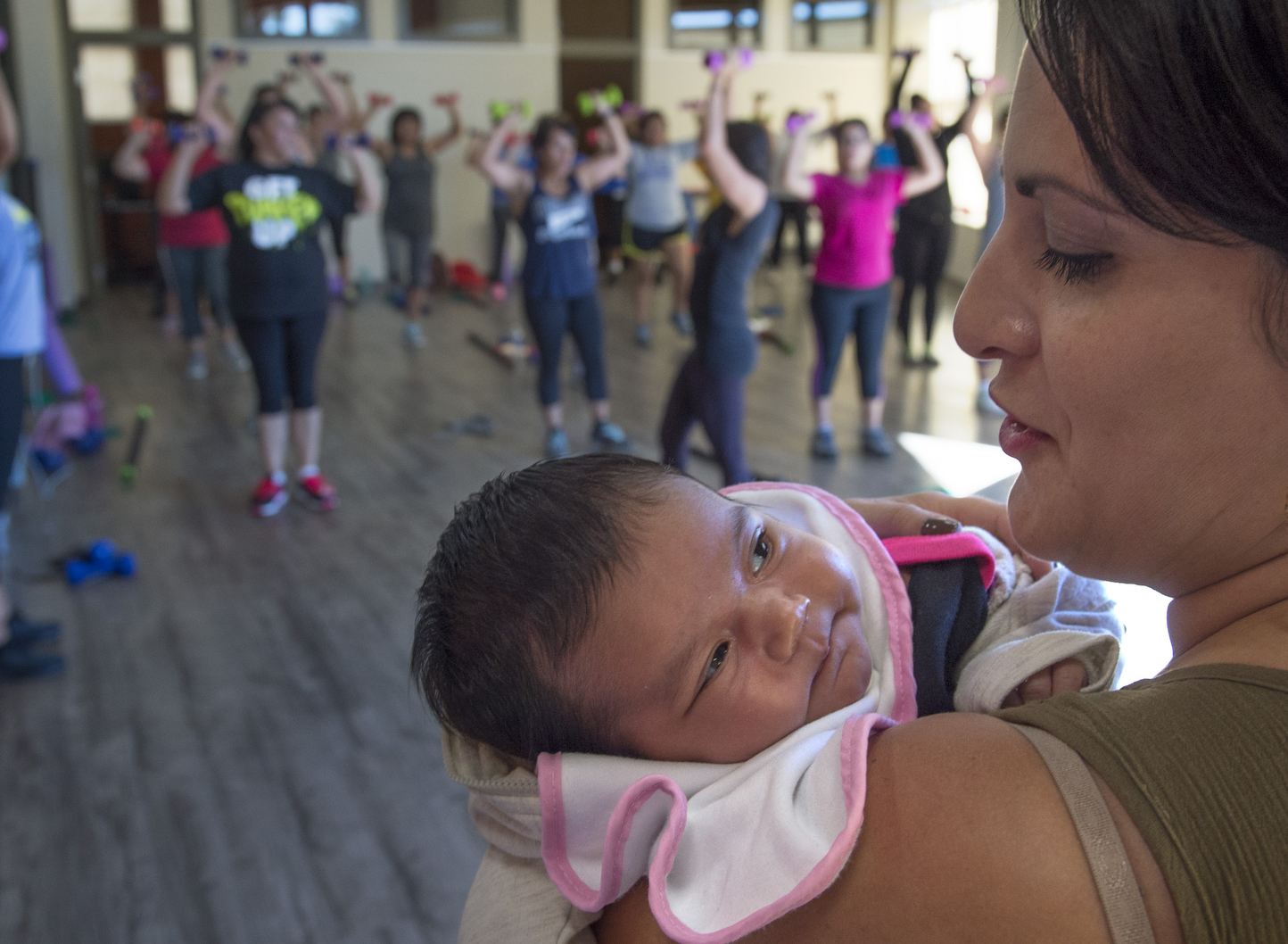
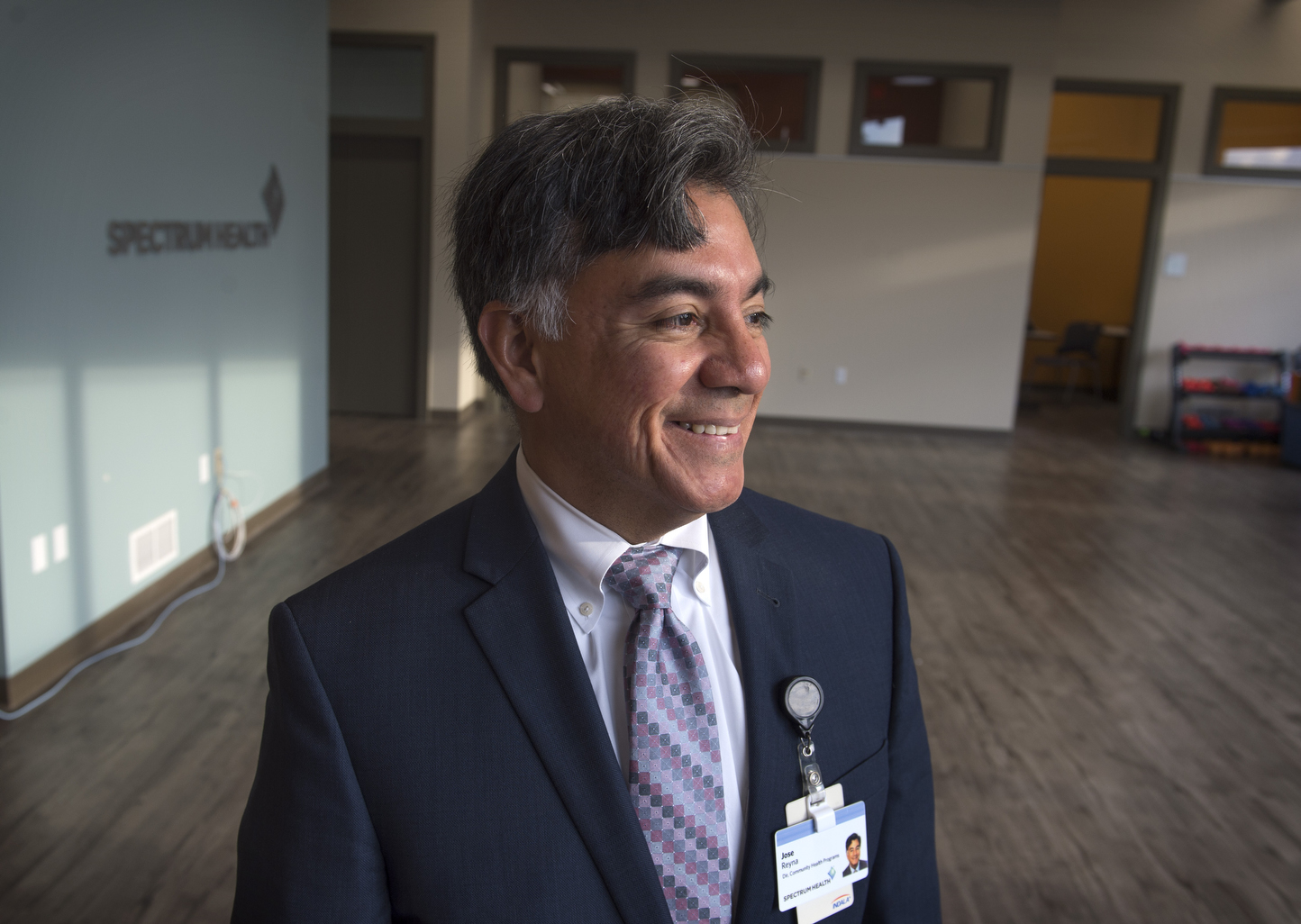
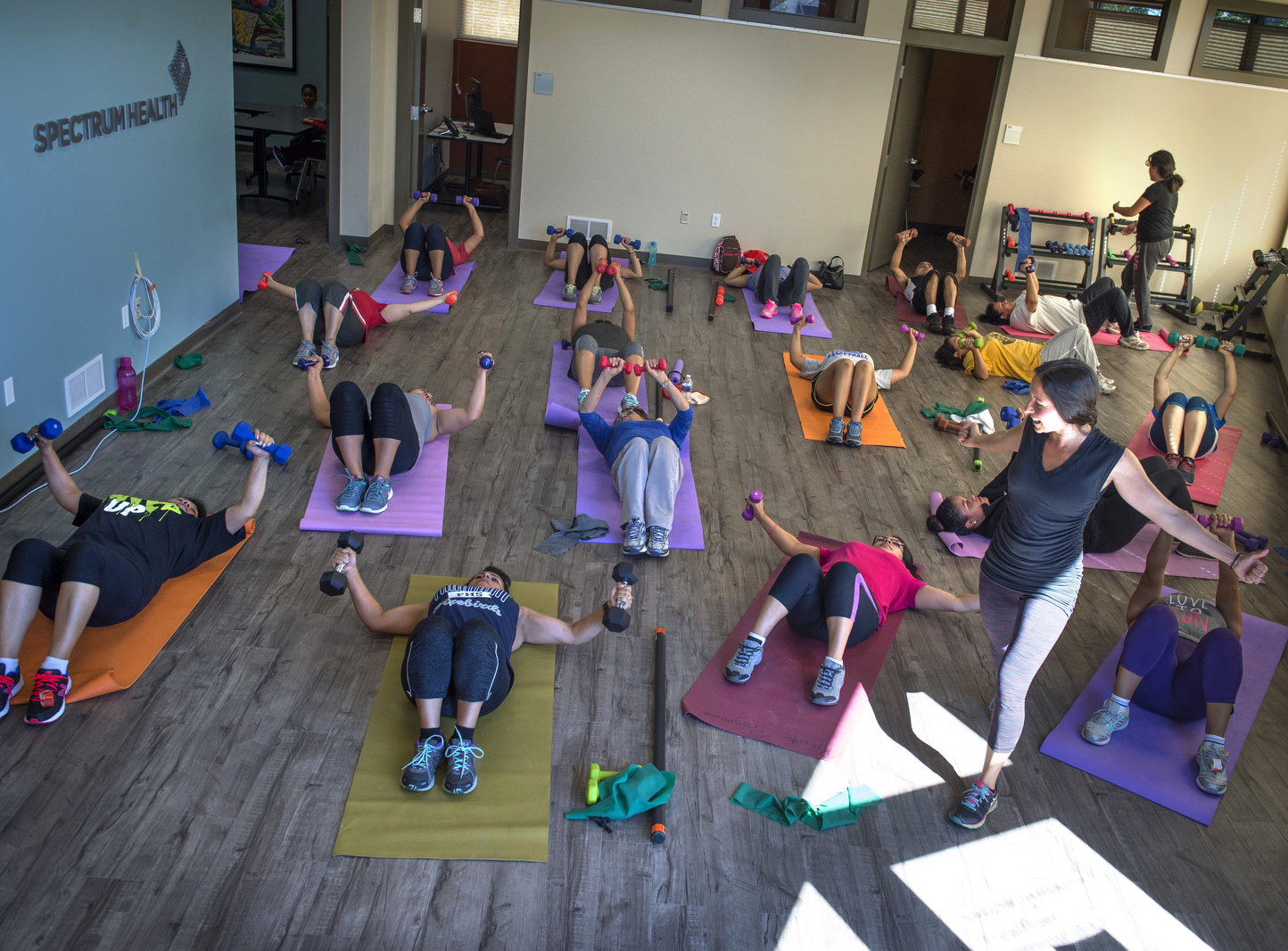
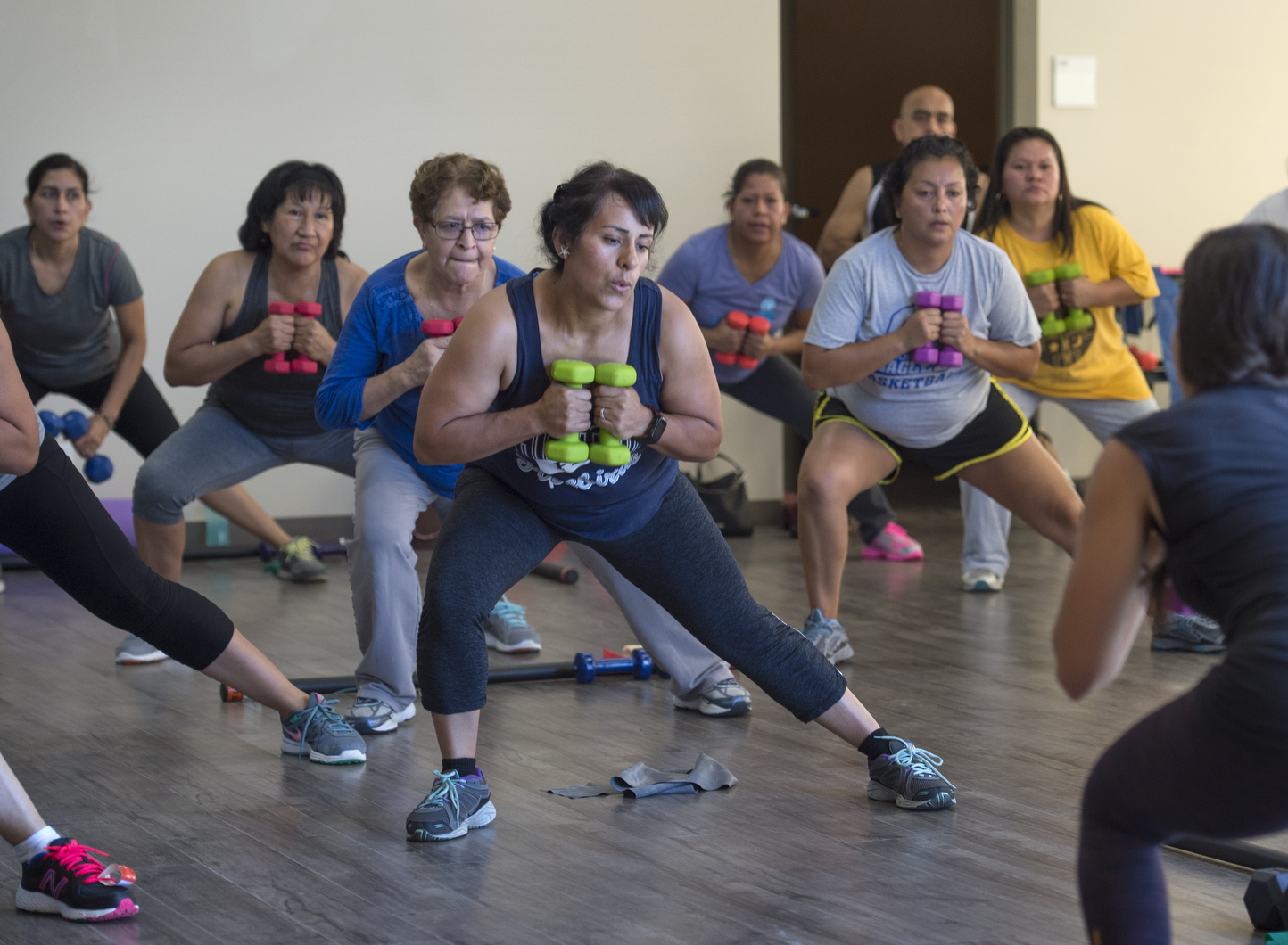


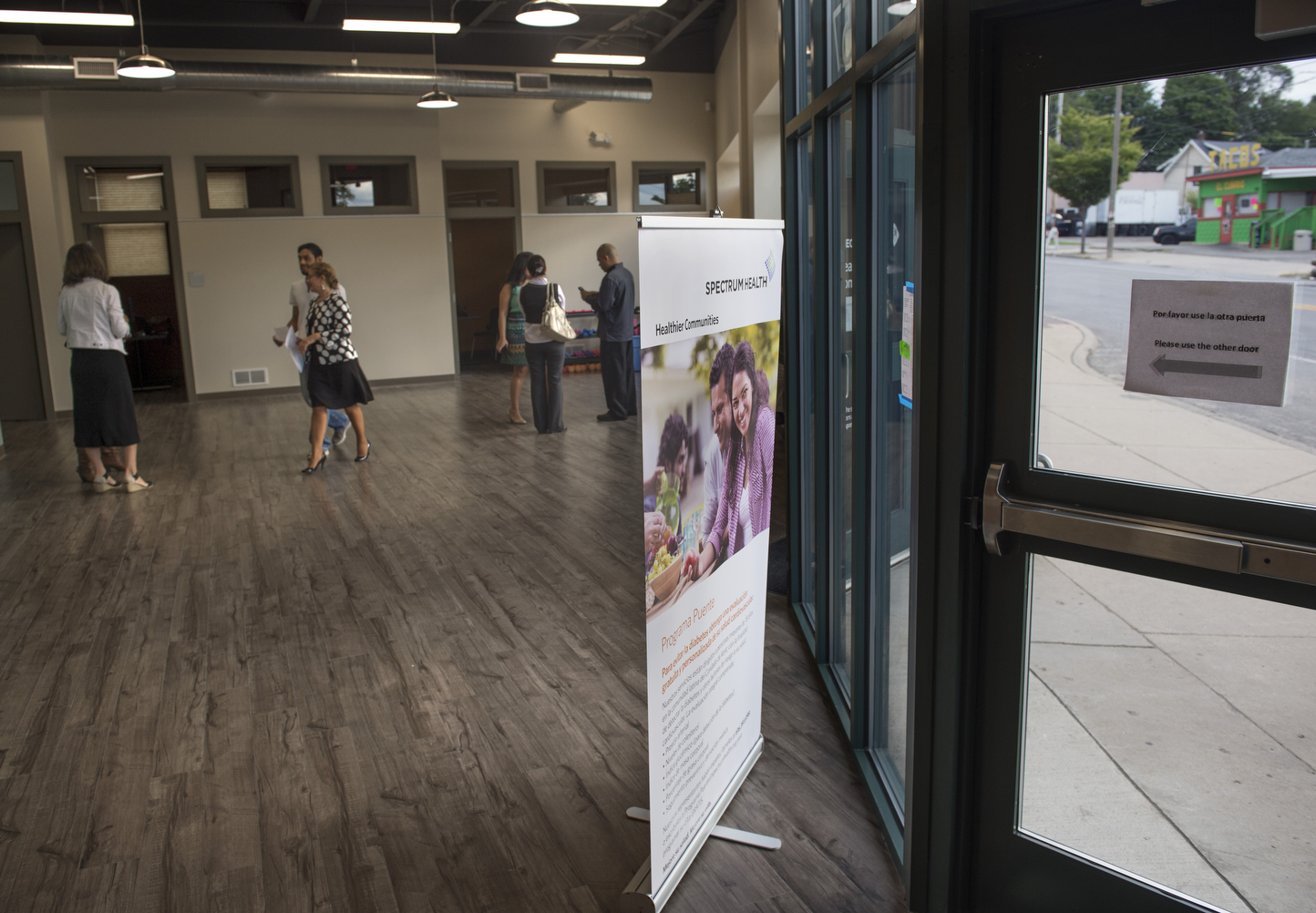
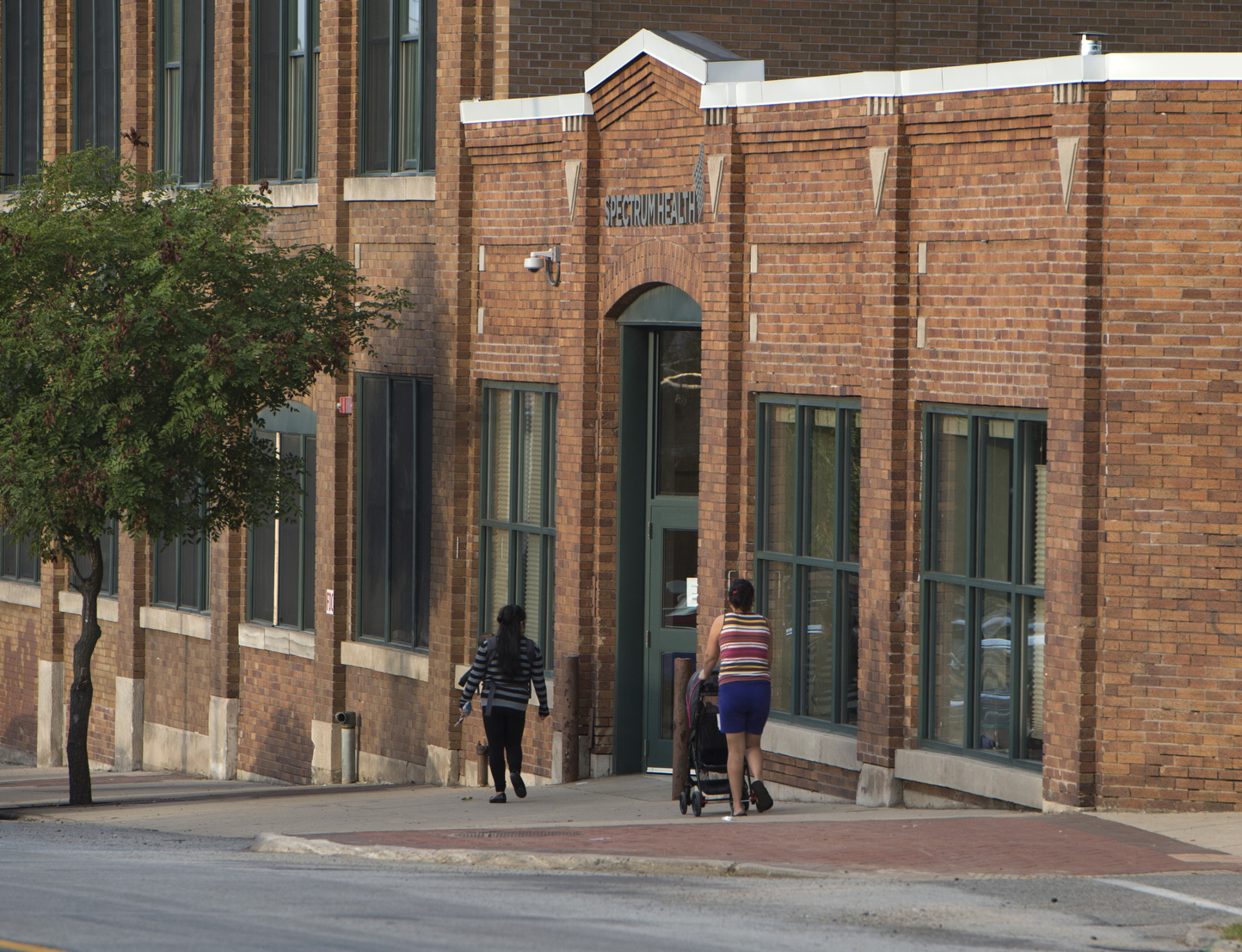


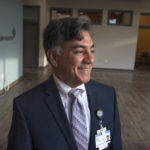




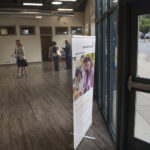



 /a>
/a>
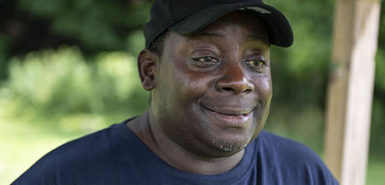 /a>
/a>
 /a>
/a>